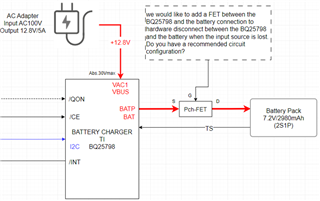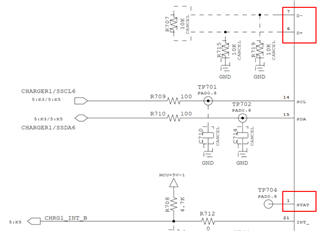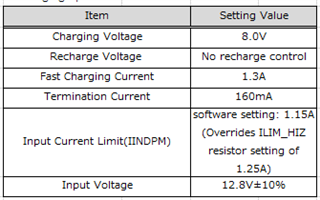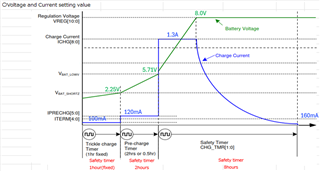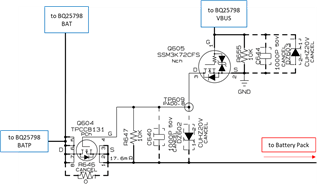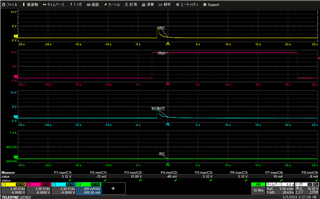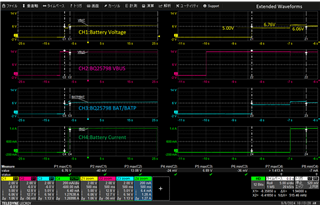Other Parts Discussed in Thread: BQ25792
Tool/software:
1) Please tell me how to handle the SDRV terminal of the BQ25798 when not using the Ship FET.
Based on the document below, is it advisable to connect it to GND with a 1000pF capacitor, as with the BQ25792 in the same series?
Integrated USB Type-C PD and Charging Reference Design for 2-4 Cell Batteries (Rev. B) (ti.com) (https://www.ti.com/lit/ug/tiduey1b/tiduey1b.pdf?ts=1724136248170)
Also, please let me know if it is okay to handle the BATP and BAT terminals in the same way as the BQ25792 in the diagram below.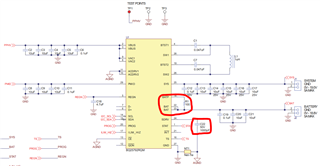
2) I am considering driving the BQ25798's Ship FET using the AUXOFF and _FLT terminal signals of the TPS259470A, which is located after the AC adapter power input.
The reason for this is that I would like to keep the leakage current from the battery to the BQ25798 to a few tens of μA when the AC adapter is removed and a battery is present while the microcontroller is not operating.
The image is the configuration in the attached PDF, but is it recommended to use the Ship FET in this way?
If it is not recommended, please tell me a circuit configuration that can reduce the leakage current to a few tens of μA when a battery is connected.
Regards,
Kagawa



